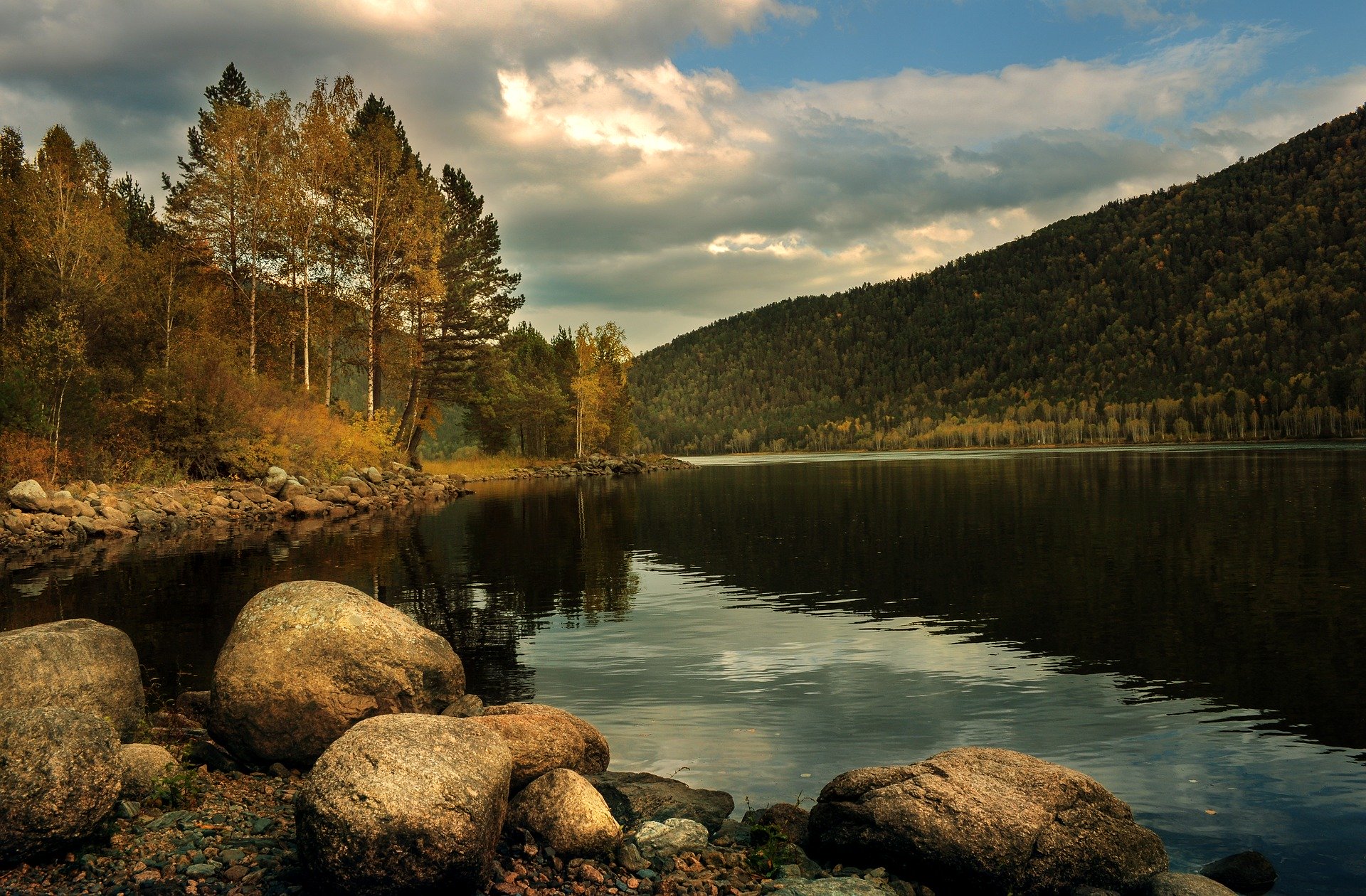Russia announces plan to ‘use the advantages’ of global warming
The adaptation plans include constructing dams, expanding forest protection, sowing drought-tolerant crops and preparing for emergency evacuations. Arguably more controversially, they also look at potential benefits of climate change
R
ussia has published a “national action plan” on climate adaptation until 2022. Typically for such a document, its stated aim is to “reduce the vulnerability of the Russian population, economy and natural objects to the effects of climate change”. More unusually, it also sets out ambitions for “seizing of the opportunities arising from such changes”.
Noting that climate change “can be both unfavorable and with certain benefits for the economy and the population”, the document emphasises that Russia’s adaptation planning “takes into account the whole range of losses and benefits”. (The plan is in Russian; quotes are via Google Translate).
New lands
Among the “possible positive effects of the expected changes” identified in the document are easier transportation of goods in the Arctic and the opening up of new land for agriculture. These are set against a range of negative effects including public health risks, droughts, floods, forest fires, and damage to buildings and infrastructure from the melting of permafrost.
Adaptation plans include constructing dams, expanding forest protection bands, sowing drought-tolerant crops, and preparing for emergency evacuations.
But under “objectives of planning adaptation measures”, the plan also includes “obtaining additional benefits in weather-dependent and climate-dependent industries by identifying and implementing optimal business decisions”, and “updating strategies for the development of economic activities and sectors of the economy, taking into account the impact of climate change”.

Is this what Siberia will look like in future? Image by Larisa Koshkina/Pixabay
Mixed picture
For obvious reasons, less is typically heard about the opportunities of climate change than the risks. But they do exist. Gregg Easterbrook, writing in The Atlantic in 2007, argued that it is “neither crass nor tongue-in-cheek” to consider who might be the winners from the changing climate, and made the case that “nearly all the added land-value benefits of a warming world might accrue to Alaska, Canada, Greenland, Russia, and Scandinavia”.
That view was backed up by a recent historical study of the impacts of climate change on the GDP of various countries between 1961 and 2010. The researchers found that Sudan had been worst hit: its GDP was 36 percent lower due to climate change. Norway had benefited most, with a GDP 34 percent higher due to climate change, followed by Canada at 32 percent.
Adaptation planning is just as necessary to realise potential benefits as to mitigate risks. The authors of a paper drafted for the 2007 UNDP Human Development Report argued that climate change is “likely to bring more positive rather than negative effects for Russia’s food security and agriculture”, but stressed – in line with the recently published national plan – that achieving the positive effects will need planning and investment.
The same theme is struck by The Economist, which pointed out in a 2019 article: “Though land in the north may become arable, it will be farther from the agricultural know-how, infrastructure and logistical base of traditional farming regions.”
The Economist quotes Vladimir Kattsov, director of Russia’s Voeikov Geophysical Observatory, as saying: “The bad will be there no matter what, while the good requires major efforts”.
New investment
Investment will also be needed to establish the Northern Sea Route, which could cut weeks off the travelling time between Asia and Europe for ships that currently use the Suez Canal. “The Russian government has pledged to direct some 735bn roubles ($11bn) over the next six years towards its development,” the article explains.
Russia is warming two and a half times as quickly as the global average. Moscow has just experienced its warmest December since 1886, with the authorities shipping in snow for the New Year celebrations.
In his Atlantic article, Gregg Easterbrook makes a historical comparison: “Europe’s Medieval Warm Period, which lasted from around 1000 to 1400, was essential to the rise of Spain, France, and England: Those clement centuries allowed the expansion of farm production, population, cities, and universities, which in turn set the stage for the Industrial Revolution”.
Could a similar dynamic provide opportunities for Russia in the 21st century? Easterbrook imagines that “enormous, foreboding, harsh Siberia” might become “enormous, temperate, inviting Siberia”, as melting snows reveal fertile soils and rich mineral resources.
Such a prospect helps to explain why Russia’s government is planning for the upsides as well as the downsides, as well as why 27 percent of Russia’s population told opinion pollsters in 2017 that they expected climate change to be “rather positive” for their country. Still, twice as many – 55 percent – thought it would be “rather negative”, with the rest saying they didn’t know.
According to the Moscow Times, government agencies have been asked to deliver sector-specific adaptation plans by September 2021 – in areas such as transport, energy and housing – with an update to the national action plan scheduled for 2022 that will take the planning to 2025.
The ideas presented in this article aim to inspire adaptation action – they are the views of the author and do not necessarily reflect those of the Global Center on Adaptation.